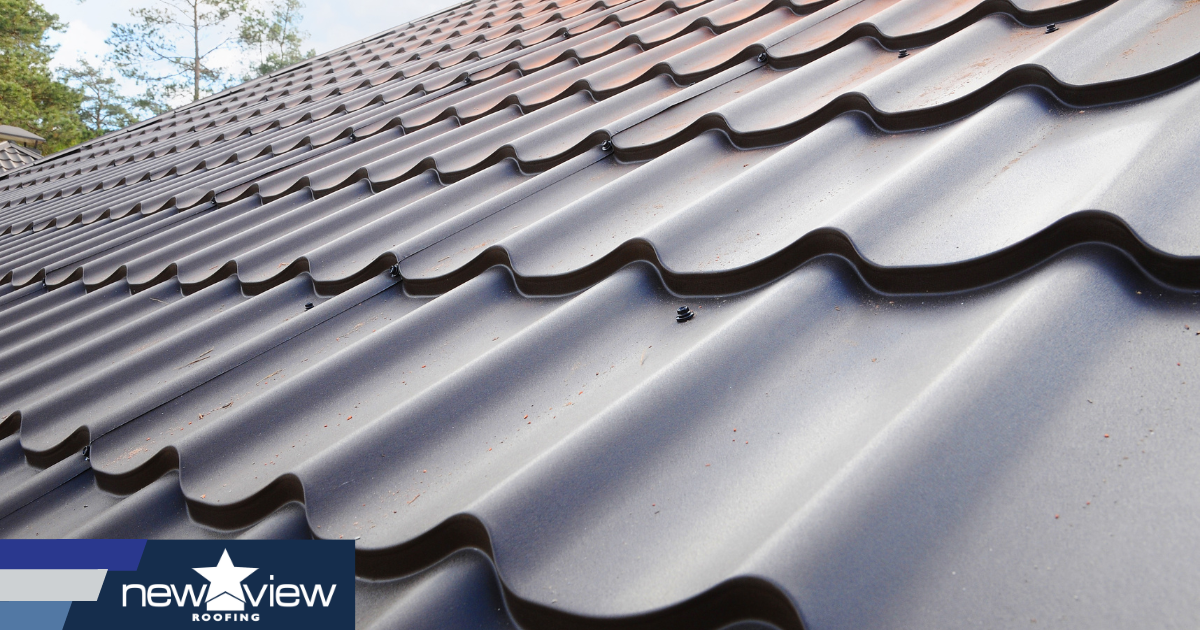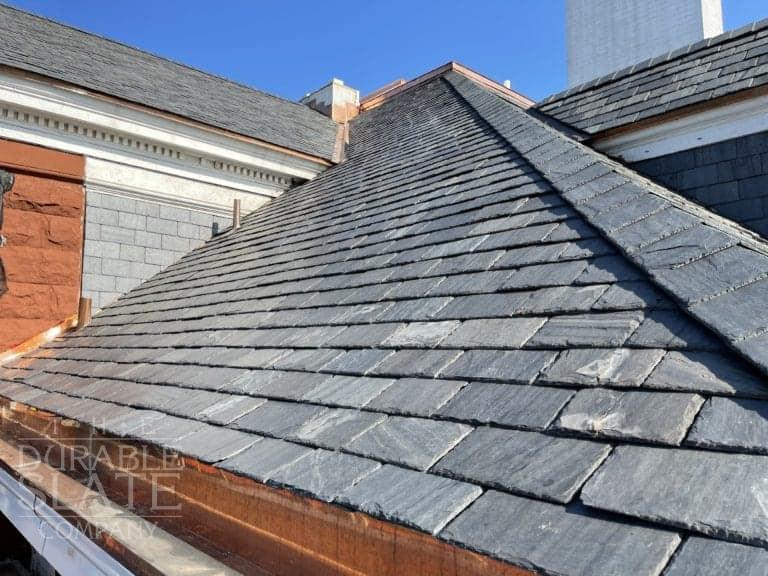Regional Insights on Roofing Companies Gainesville Florida Homeowners Prefer
Best Practices for Ensuring Correct Roof Air Flow
A balanced consumption and exhaust air vent ratio, commonly 1:300, plays an essential duty, with intake vents ideally positioned at the lower side of the roofing for amazing air access and exhaust vents at the height for warm air exit. Maintaining insulation away from vents is crucial to avoid air movement limitation.
Understand Air Flow Fundamentals
Effectively understanding air flow essentials is vital for ensuring the durability and performance of roof. Effective air flow minimizes moisture build-up and temperature level extremes in the attic, both of which can cause substantial structural damage with time. A well-ventilated roof assists in preventing common concerns such as mold and mildew development, wood rot, and ice dams, which can endanger the stability of the roof materials and the underlying structures.
The main goal of ventilation is to assist in the activity of air, permitting for a regular exchange in between the indoor and outside settings. This balance is attained with a mix of consumption and exhaust vents that collaborate to maintain optimum air flow. Consumption vents, typically located along the eaves or soffits, permit fresh air to enter the attic room space, while exhaust vents, often positioned at or near the roofing ridge, allow hot, humid air to leave.
Key factors influencing the effectiveness of roofing system air flow consist of appropriate positioning, adequate sizing, and ensuring that both consumption and exhaust vents are unblocked. Routine inspection and upkeep are critical to recognize potential blockages, damage, or inadequacies in the air flow system, consequently guarding the roof's performance and resilience.
Kinds of Roofing Vents
Roofing vents play a crucial duty in keeping effective attic ventilation and, by extension, the general wellness of the roof. Different kinds of roof vents are offered, each with one-of-a-kind advantages customized to certain roof covering requirements. Ridge vents, as an example, are installed along the roofing system's optimal, allowing warm, humid air to get away from the attic room. They use continuous ventilation and blend effortlessly with the roofline, making them both efficient and visually pleasing.

Soffit vents are set up under the eaves and job in tandem with roof covering vents to make sure a balanced consumption and exhaust system. By allowing cooler air to go into from below, soffit vents facilitate the expulsion of warm air with upper vents. Gable vents, situated on the exterior walls of the attic room, deal one more reliable option, specifically in homes with gable roofs.
Assess Your Present Ventilation

Following, consider the age and problem of your roof materials and ventilation parts. Older systems may not abide with current building ordinance or may have worn away with time, minimizing their performance. Conduct an extensive assessment to determine any indications of damage, such as corrosion, damages, or voids that can endanger the additional info system's performance.
In addition, gauge the attic room temperature level and humidity degrees. Heats and humidity can indicate poor air flow - roofing companies. Use a hygrometer and thermostat to get precise readings, comparing them with exterior conditions. Persistent disparities suggest possible problems that need attending to.
Setup Best Practices
Effective installation of roof covering air flow systems is critical for ensuring ideal efficiency and longevity. Appropriate installation begins with understanding the particular ventilation needs of the structure and the roofing system it covers. This includes calculating the proper proportion of intake to tire vents, generally adhering to the 1:300 policy, which specifies one square foot of air flow for each 300 square feet of attic room floor area.

The placement of vents is just as crucial. Consumption vents must be set up at the roof covering's lower side, usually in the soffits, to permit awesome air to enter. Exhaust vents, on the various other hand, must be mounted near or at the roofing system's peak to see promote the leave of warm, moist air. This develops a natural air flow that helps maintain temperature level and moisture balance within the attic space.
Seal all vent links thoroughly to stop air leakages and prospective water seepage. Usage high-grade products and adhere to maker standards to make certain longevity and effectiveness. In addition, incorporating ridge vents with baffles can significantly improve airflow efficiency by avoiding wind-driven rain and snow from going into the attic.
Ultimately, accurate installment of roof air flow systems mitigates possible problems such as mold development, ice dams, and architectural damage, ensuring the roof's integrity and the structure's overall health and wellness.
Normal Upkeep Tips
Consistency in upkeep practices is essential to making certain the lasting efficiency of roof covering ventilation systems. During these assessments, guarantee that vents are totally free of debris, nests, and other blockages that might restrain air flow.
Cleansing the vents is another important job. Use a soft brush or a vacuum cleaner to remove dust and particles from consumption and exhaust vents. Beware not to harm the vent screens or louvers throughout the process. Furthermore, check the attic room area for any indicators of water damages, which might endanger the honesty of the roof.
Appropriate insulation is similarly important. Make certain that attic room insulation does not block the vents, as this can significantly restrict air movement. Rearrange or replace it to maintain an efficient barrier. if any kind of insulation has shifted or cleared up.
Lastly, change any damaged or missing out on elements promptly. Damaged vents, cracked roof shingles, or tatty blinking can all add to inadequate ventilation and should be resolved without hold-up. Normal maintenance makes sure that the roof covering ventilation system works efficiently, therefore prolonging the lifespan of the roofing system itself.
Final Thought
Making certain correct roofing ventilation is vital for keeping the efficiency and resilience of a roofing system. Adherence to the 1:300 intake and exhaust vent ratio, paired with the strategic click here to find out more positioning of vents, is important. Normal semiannual examinations, debris cleaning, and ensuring insulation does not obstruct airflow are vital practices. Executing these finest methods will certainly promote a well-ventilated roof, thus minimizing possible problems associated with moisture accumulation and extreme heat, ultimately lengthening the roof covering's life-span.
A balanced intake and exhaust air vent proportion, frequently 1:300, plays a crucial role, with consumption vents ideally positioned at the lower edge of the roofing system for trendy air access and exhaust vents at the peak for cozy air leave. Intake vents, normally situated along the soffits or eaves, permit fresh air to enter the attic space, while exhaust vents, frequently located at or near the roof ridge, allow warm, damp air to get away.
Soffit vents are mounted under the eaves and work in tandem with roof vents to ensure a balanced intake and exhaust system. By permitting cooler air to go into from below, soffit vents help with the expulsion of hot air via top vents. Adherence to the 1:300 intake and exhaust vent proportion, coupled with the critical placement of vents, is important.